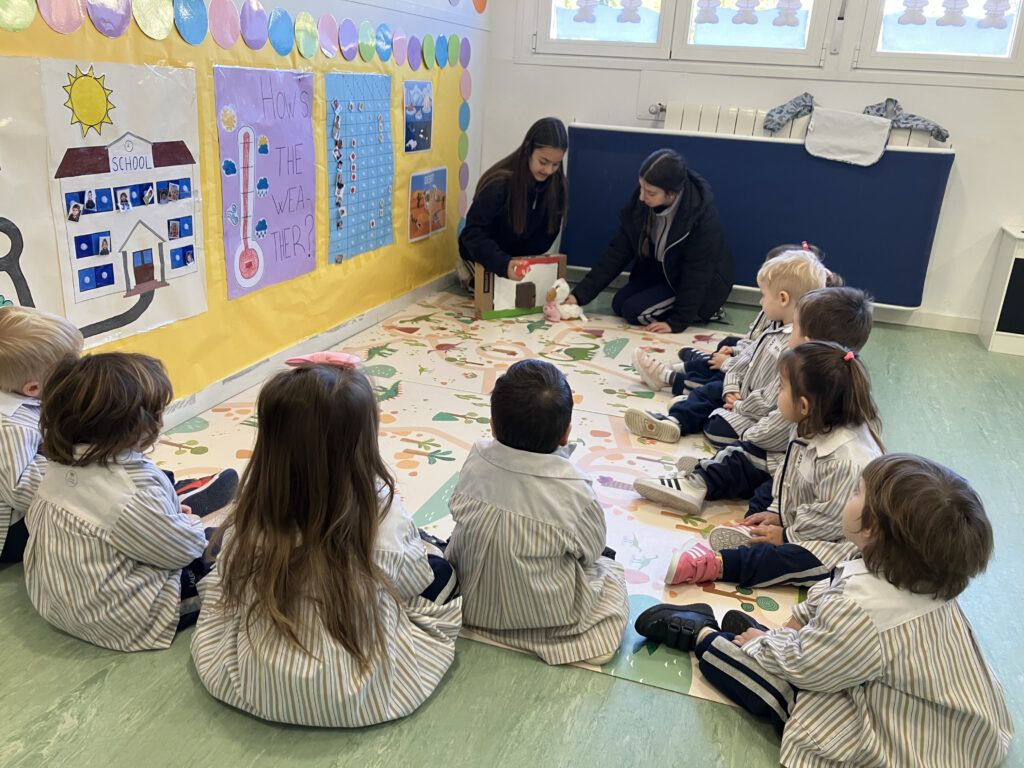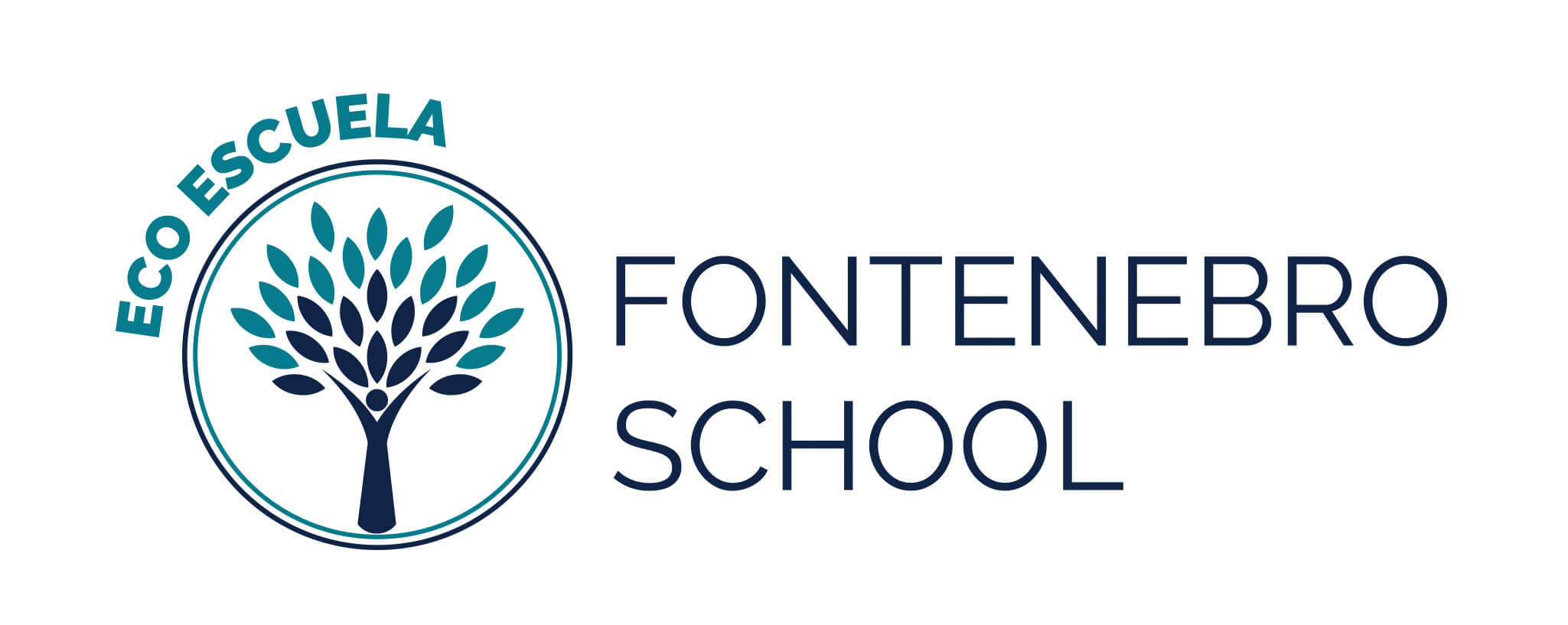Activities to work on creativity in the classroom
Creativity activities in the classroom should be part of a pupil’s education. Through these types of activities we reinforce their confidence and teach them to identify imaginative solutions, based on their own experience.
In the following, we will look at the importance of creativity in the educational environment and some activities to work on creativity in the classroom.
The importance of stimulating creativity in the classroom
Encouraging creativity in children is essential for several reasons:
- Development of critical thinking and problem solving: Creativity involves seeing things differently and finding novel solutions to problems. Creative children are better able to adapt to new situations and find innovative solutions to challenges.
- Emotional expression and self-awareness: Creative activities provide children with an outlet to express their emotions and thoughts. This can help them to better understand and manage their feelings, and to develop greater self-awareness and self-confidence.
- Fostering curiosity and motivation to learn: Creative children tend to be more curious and motivated to learn. Creativity can make learning an engaging and fun experience.
- Preparing for the future: We live in a rapidly changing world where the ability to think creatively and adaptively is increasingly valuable. Encouraging creativity in children can prepare them for a future where innovation and original thinking are essential skills.
- Developing social and communication skills: Through creativity, children can learn to communicate and collaborate with others. Creating group projects can teach them to work as a team, to share ideas and to value the contributions of others.
In short, creativity is not confined to certain areas of learning, but affects the development of skills that can help children in all aspects of their lives. Encouraging creativity is an investment in their present and future well-being.
Activities to work on creativity in the classroom
- Free painting: This is based on providing students with a variety of painting materials and allowing them to create freely. This encourages exploration of colours, textures and shapes, and allows children to express their creativity without restrictions.
- Creative writing: Give students a series of random words or images and ask them to create a story from them. This exercise stimulates imagination and the ability to construct narratives.
- Improvisational theatre: Role-playing or improvisation activities help children think quickly, develop characters and scenarios, and work together to create a story in real time.
- Building with blocks or LEGO: This activity can be free-form or with a specific goal (e.g., building a bridge that will hold a certain weight). It helps develop problem-solving skills, spatial thinking and cooperation.
- Collaborative art: Create a collective mural or sculpture in which all students contribute. This not only encourages individual creativity, but also teaches children to collaborate and appreciate each other’s ideas.
- Design inventions: Ask students to design a machine or invention that solves a specific problem. This activity encourages creative thinking and problem solving.
- Poetry workshop: You can use simple poetry forms such as haiku to introduce students to poetry. Poetry helps students play with language and express their thoughts and emotions in new ways.
- Creative science projects: Students can pose and test their own hypotheses, allowing them to follow their curiosity and think critically and creatively about the world around them.
- Musical exploration: Allow students to experiment with different musical instruments, rhythms and melodies. They can try their hand at composing their own music, encouraging creativity and emotional expression.
- Comic book creation: Children can create their own comic book with their own stories and characters. This involves storytelling, drawing and sequencing skills.
- Cooking experiments: Children can try simple recipes or experiment with food in a safe way, encouraging creativity and practical skills.
- Creating games: Children can design their own board games or physical activities. This involves problem-solving skills, creativity and often teamwork.
- Puppet making and shadow theatre: Children can make their own puppets and then use them to act out a story. This process combines art, storytelling and acting.
- Gardening and landscape design: Children can participate in planting and caring for a garden, or design their own miniature landscape. This allows them to explore nature in a creative way.
Creative activities at Fontenebro International School
At Fontenebro International School we take the creative aspect very much into account in all our educational programmes. Our team is committed to encouraging the creative abilities of our students, from their first academic years through to pre-university.













![BAPParentLogo[5]](https://fontenebroschool.com/wp-content/uploads/2020/09/BAPParentLogo5.png)


